I often come across small articles and videos that wouldn’t really fit in a full article, so I’ve decided to post them in these roundup articles. I think you’ll like some of my findings!
1. Wii Virtual Console Final Game Lists (Japan & North America)
The Wii Virtual Console and WiiWare shops are starting to close down – today marks the final day you can buy Wii Points, and the shops will go completely down a few months from now.
Since a big part of my work involves documenting obscure game changes, I made sure to buy lots of games from the Japanese and North American shops last week. I also recorded videos of everything that was available on both shops for posterity:
2. A Link to the Past Japanese Preview Scans
I have shelves of old Japanese game magazines filled with great stuff, and I’ve been eager to share some of it. Here’s how Marukatsu Super Famicom was covering the Japanese version of A Link to the Past before its release!
3. New Fan Translations!
It seems like fan translations are being released at a record pace these days, and it’s hard to keep up. Here are a couple recent ones that readers recommended:
The Great Battle series (Super Famicom, English translation)
Atelier Elie: The Alchemist of Salburg 1 & 2 (PlayStation 2, English translation)
Ghosts ‘n Goblins (Game Boy Color, Spanish translation)
4. Dragon Ball Translation Problems Everywhere
A lot of Dragon Ball games have been plagued with issues lately – mostly typos, but I’ve seen screenshots of translator notes appearing in NPC dialogue too.
If you enjoy stuff like this, then check out the Xenoverse Typos tumblr for more!
5. Try Not to Speak English Right
I was recently reminded of a weird Konami game called Lifeline that is entirely controlled using a microphone. It’s an interesting idea, but it had a surprising localization pitfall: English phrases still rely on Japanese pronunciation!
I haven’t seen much of the game, so I wonder how widespread this problem turned out to be.
This all for this roundup! If you find any cool translation-related stuff like this, let me know in the comments!


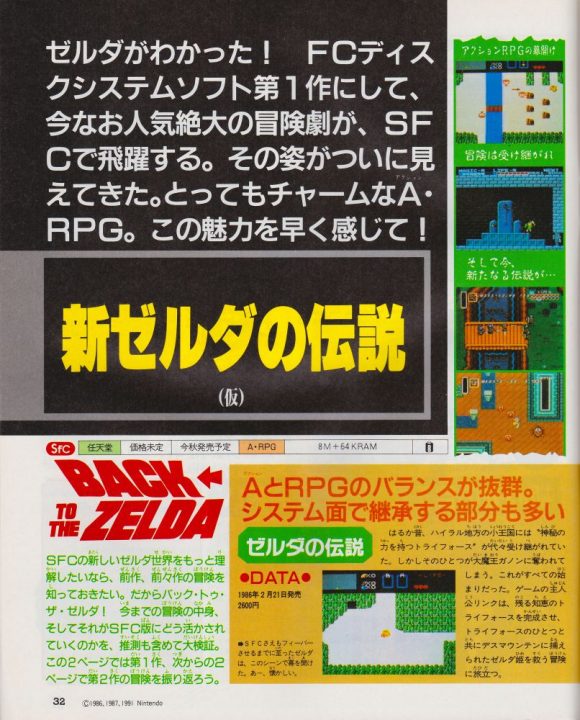
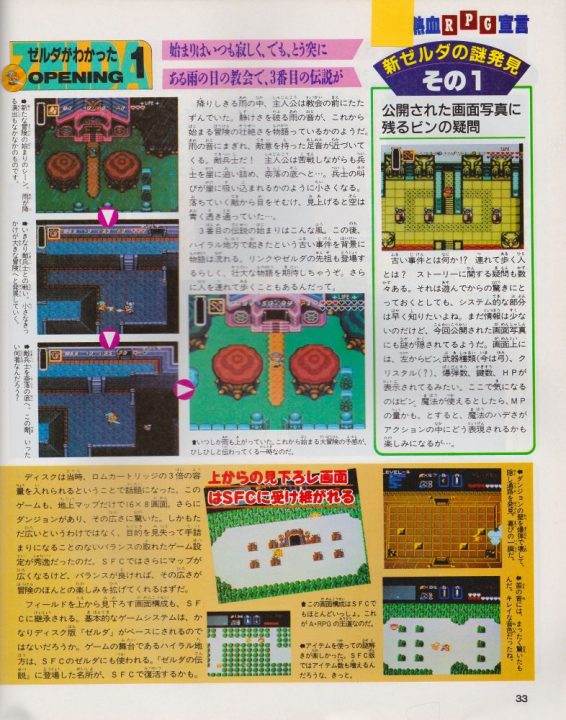
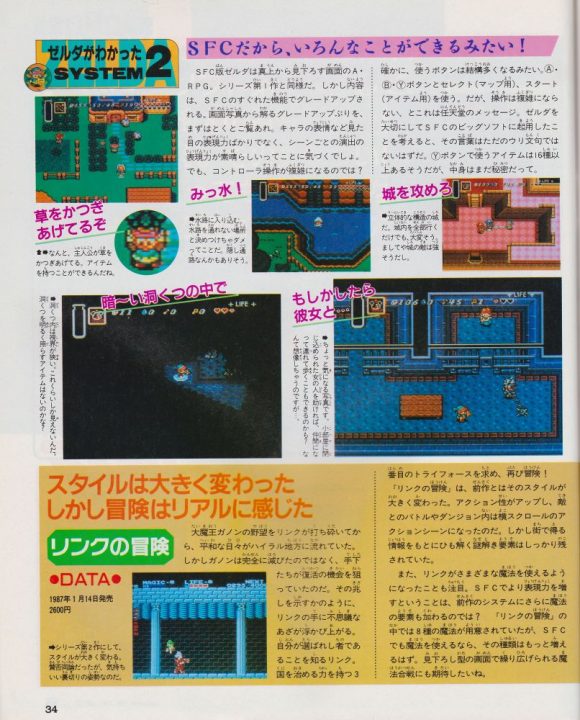
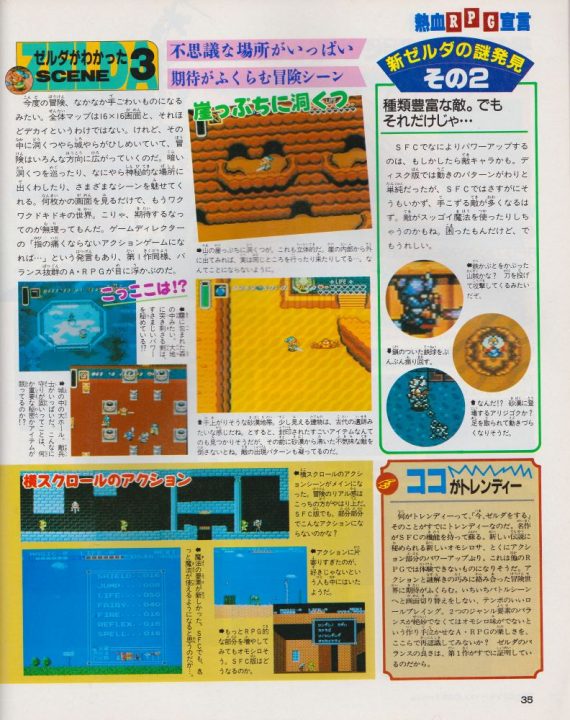
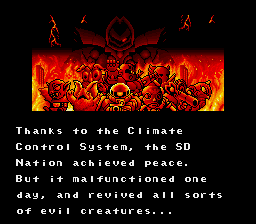

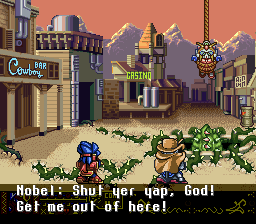

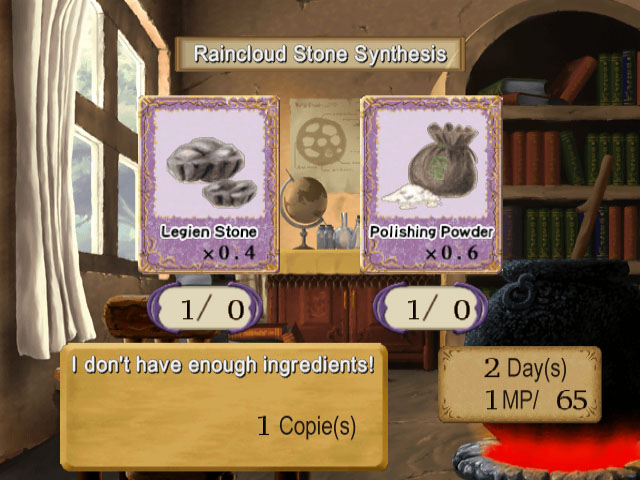
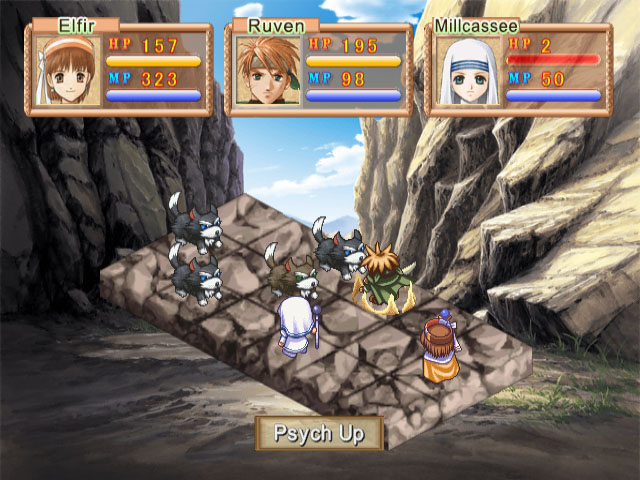
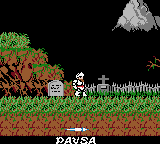
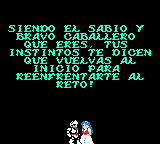
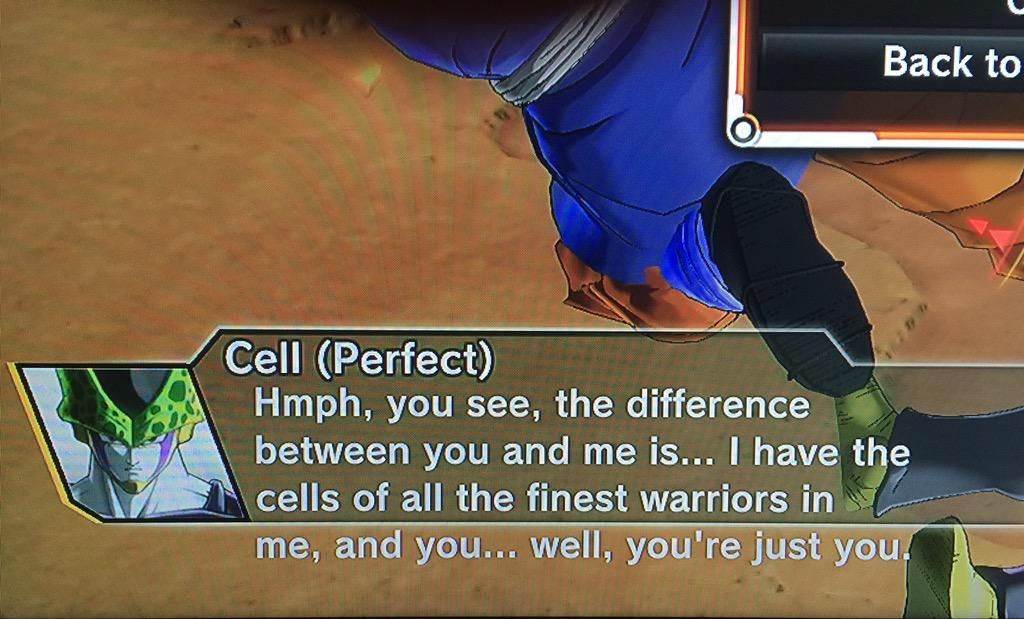

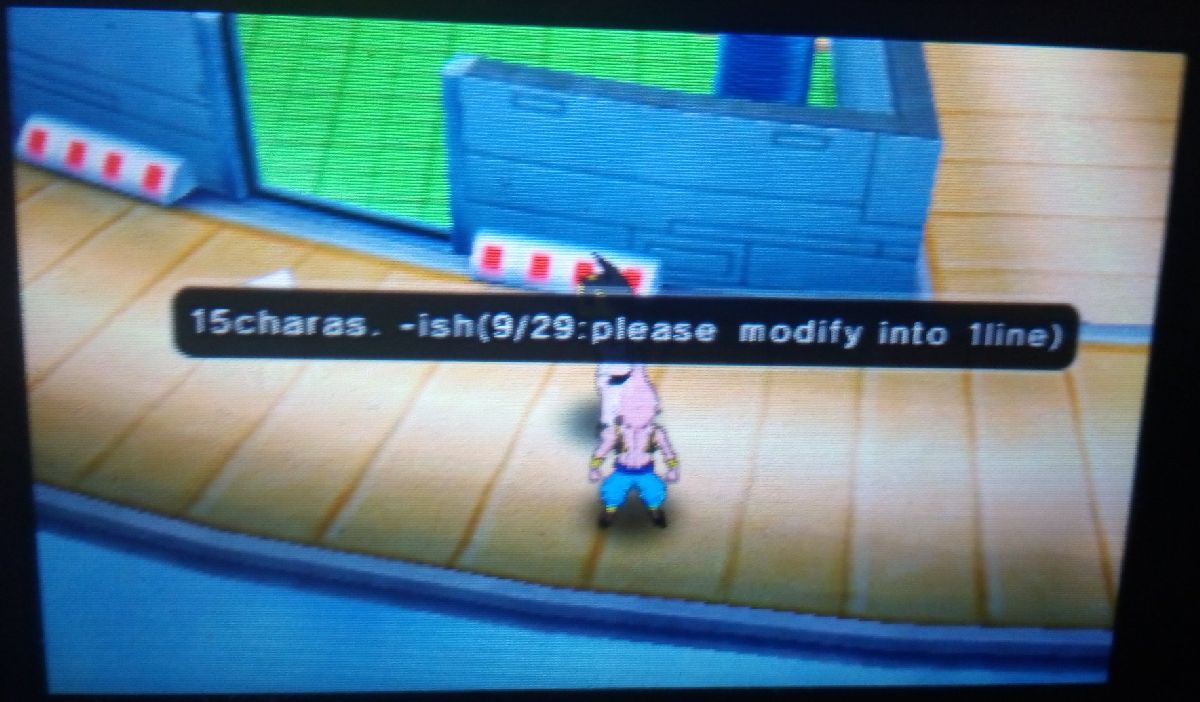
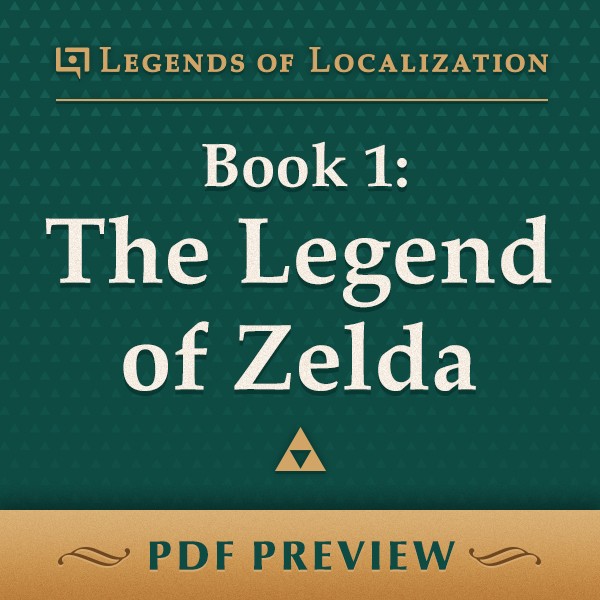

![[Stream VOD] Legend of Zelda: Ancient Stone Tablets Translation Comparison [Stream VOD] Legend of Zelda: Ancient Stone Tablets Translation Comparison](https://legendsoflocalization.com/wp-content/uploads/2024/04/bs-zelda-sekiban-320x180.jpg)
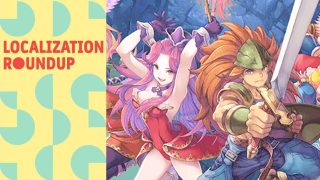
It’s very interesting to see A Link to the Past be referred to as an ARPG in, I presume, 1991 or earlier. I’ve long been curious as to when this term entered common vernacular and generally associate it with Diablo in 1996. Zelda-type of games were generally referred to as “adventure” games at the time. It appears that it may be another case of localization forcing a different term, perhaps in an attempt to reduce confusion in a mid-80s US market, that ended up creating more controversy in the long term. I remember Nintendo spending significant effort on genre taxonomy during the NES era and personally identify them as the source of the “adventure” moniker, whether that’s actually true or not.
Yeah, I remember those days too – I recall being confused on why certain things were listed as “adventure”, and their classification style is why I still have to stop and think whenever something is called “adventure” or “action adventure” or something along those lines. I guess it’s kind of like how movie descriptions today often have more than one genre listed, yet we try to assign single genres to games, even going so far to create new single words like “Metroidvania”, haha.
For my money, Dragon Slayer was the first ARPG — though near as I’m aware it only gained the moniker years later. The first game I recall being described as an “action RPG” was Secret of Mana; here’s an ancient review from the regrettable Edge magazine that clearly says so: https://web.archive.org/web/20120630081407/http://www.edge-online.com/reviews/secret-mana-review
Worth noting is that this review treats “action RPG” as a thing that already exists and that people will be familiar with. I’ll do more digging and see if I can find an older citation.
Also worth noting is that the reviewer is so desperate to be hipster that he honestly describes Secret of Mana as a game you’ve never heard of that won’t sell any copies. We all know Edge was terrible, but: ye gods.
I’ve heard that Secret of Mana was actually somewhat obscure in UK/Europe, due to the SNES being a second class citizen there, Square games and RPGs in particular. But I don’t live there so I wouldn’t know.
I also recall the term “action RPG” being in use at the time, though it applied to games with equipment and experience point progression systems, like Secret of Mana. I hadn’t heard Zelda called an ARPG until much later, at least that’s my foggy recollection. Another data point that sticks out for me was Eye of the Beholder (1991). I don’t remember if the exact term “action RPG” was used but certainly something like “action oriented RPG” given that combat was in real-time, or at least a 16-bit PC approximation of “real-time”.
“I’ve heard that Secret of Mana was actually somewhat obscure in UK/Europe, due to the SNES being a second class citizen there, Square games and RPGs in particular. ”
None of this is true. Both the SNES and Secret of Mana were popular here.
In fact, Secret of Mana was one of the few SNES RPGs to come to Europe. The only other one I know of is Terranigma.
My understanding is that poor sales of Secret of Mana in PAL regions lead to Square not localising games there.
I meant to mention that I’m almost positive that Secret of Mana’s predecessor, Final Fantasy Adventure, or Mystic Quest in Europe, was termed an action RPG at the time of its release, in 1991.
Also, I forgot Edge Magazine saw US distribution, too, so disregard that part.
There needs to be a term that encompasses what RPGs and action-adventures have in common. The best I can come up with is “adventure game”, but that’s already taken.
“Is someone named God, is someone yelling at the deity God, or is it the ‘gosh’ kind of God?”
First option. One of the playable characters is the God Gundam from Mobile Fighter G Gundam, AKA Burning Gundam in the English dub.
Thanks! That makes a lot more sense… I think. I don’t know why a Gundam is called God but I’m guessing fans are already long used to it 😛
Well, unlike most of the franchise, G Gundam is a straight up super robot show, complete with shouting the names of crazy finishing moves. The main antagonist is the Devil Gundam, so of course the main character eventually gets the God Gundam to fight it.
“I hope this is as bad as the English ending text”
I think you might be referring to the NES’ version ending text? Because the GBC one is fine as far as I know. This Spanish translation is faithful and literal to the English one, albeit a bit stiff. But understandable considering there’s little writing space.
Oh, you’re right! I didn’t even know a GBC version of the game existed so I just clumsily assumed the English text was the same as the NES version.
There’s a wonderful (and wonderfully frustrating) blind playthrough of Lifeline here: https://www.youtube.com/playlist?list=PLaSPgE4K0SB1VE5T1JAG3BVJCK_gf4LW0
Oh man, this actually makes me want to get the game and try it out/document more stuff for myself!
Get eat fat fight/tsuppari oozumou wii heya on thr eshop! Its a really fun button masher
Oh, I saw that on the Japanese shop but I didn’t know it had gotten a localized release! Since it seems to be part of a classic sumo game series, I wonder if it’s the first time a game in the series got released outside of Japan.
I think the first SD The Great Battle was the only 1990 Super Famicom game that wasn’t officially localized. So now we have the console’s first “year” in English. (although the SFC had rather few games in its first year that I don’t think there’s many that would have to be localized to have its first actual year done. Maybe just Gaudulin, and if you want to get technical FF4 Easy Type.)
FF4 Easy Type, man, that’s one of those games I wanna do something with sometime but the amount of effort would be pretty pointless. I still haven’t fought the new final boss yet either.
“If there’s anything new here, let me know and I can take a better scan”
Well, there are some details on the ALttP pages that seem interesting:)
Firstly, the item in use is some kind of scroll (?) https://i.imgur.com/1tplk9p.jpg
Secondly, dungeon keys are displayed outside dungeons and buildings (and there are 19 of them on this particular screen): https://i.imgur.com/gtkm5N1.jpg Also the number of arrows (94) exceeds the limits in the actual released game:)
On a minor note, the item used here looks like a lamp but it has a different sprite with rings(?) https://i.imgur.com/OlVqsOa.jpg
And I think the lamp effect was not present in the game when these screenshots were made, since there dark room effect looks like it was made by darkening the image https://i.imgur.com/NZ4gkGd.jpg
All in all, the screens must be from some kind of debug build hence the ridiculus number of keys and arrows:)
The “scroll” is the dungeon map icon. It could be a placeholder icon for something else, an item that was eventually changed or dummied, or maybe you originally had to use the map as an item rather than pressing ‘X’.
The “item with rings” appears to be a potion/early bottle sprite.
Zelda uses a generic maiden sprite.
The Fighter’s Shield seems to be red instead of blue.
The layout of the BGs are different and in some cases use a different palette (like the Hyrule Castle entryway being pink)
oh yes, a VERY subtle difference is the magic meter is bottle-shaped at the top!
Some of the same people who did the Atelier Marie + Elie fan translation also did the fan REtranslation of Ar tonelico 2, another PS2 Gust RPG. I don’t know of any other PS2 games especially text heavy ones that have also gotten the fan translation treatment, though.
I wonder if that odd Back to the Future reference right below Marukatsu Super Famicom’s initial “New Legend of Zelda” tentative title announcement was any inspiration for the newer name A Link to the Past…
Looking at the Dragon Ball section reminds me, in Legacy of Goku 3: Buu’s Fury, there’s a line where Buu claims that “Your strength is strong.” (I think to Goku? maybe Gotenks…)
Now, I’d be willing to let it go, it’s hardly the most egregious translation ever.
Except that it’s not a translation because the Legacy of Goku games are made by Webfoot, an American company, for English-speaking audiences.
Speaking of, would you ever consider looking at the Japanese translations of the series? Or even just the third, which is usually considered the best of the bunch; I really wouldn’t blame you for not wanting to play the first game.
But only Legacy of Goku 2 is released in japan